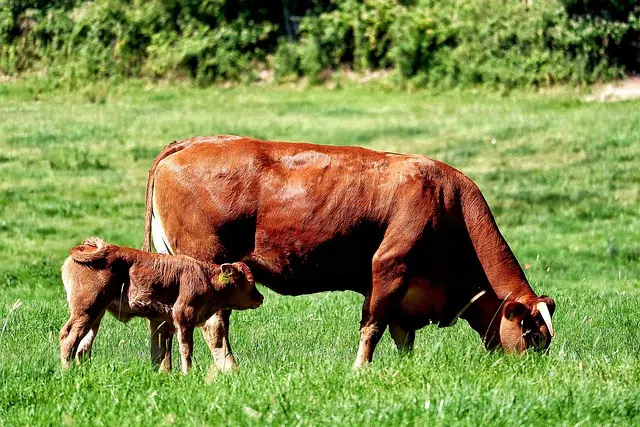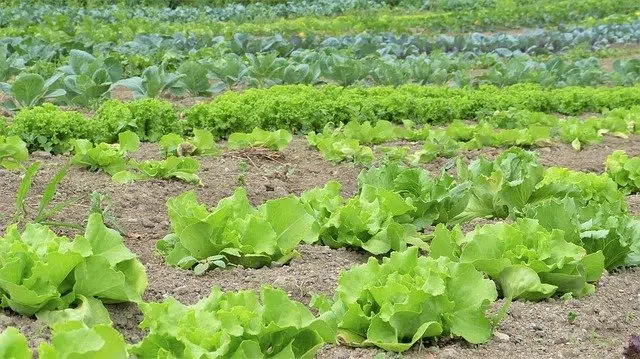
An agroecosystem is called an ecosystem that human beings modified to develop an agricultural operation.
If we consult the dictionary of the Royal Spanish Academy ( RAE ), we will not find references to the concept of agroecosystem . This notion, however, has quite widespread use in our language.
An agroecosystem is an ecosystem altered by man for the development of an agricultural operation . It is composed of abiotic and biotic elements that interact with each other.
Biotic and abiotic factors
Biotic elements or factors are those living organisms that are in full interaction, such as animals and plants; These interactions are also part of this concept and are the object of study of ecology . One of the most important parameters to take into account is the place where they are produced: they must all share the same ecosystem.
The relationships that living beings establish, understood as a biotic factor, condition our existence. In the case of agroecosystems, given that they are based on the unnatural exploitation of land, the impact not only reaches our circle but also that of other living beings, just as cigarette smoke affects passive smokers . Broadly speaking, we can distinguish between the following types of biotic elements: individual, population, community, producers, consumers and decomposers .
On the other hand, abiotic elements or factors are those that give the ecosystem its physicochemical characteristics, among which are light, humidity and temperature . Needless to say, its importance for the development of life and the balance of ecology is considerable; For example, the distribution of living beings throughout the Planet depends on them, as well as their adaptation to each ecosystem, which is why any action by human beings that affects them also has consequences on biotic factors.

In an agroecosystem, there are abiotic and biotic factors that interact with each other.
Sustainability of an agroecosystem
Agroecosystems aim to achieve a certain stability (through the management of environmental conditions) and to be sustainable or sustainable (so that the exploitation can continue to develop over time without resources being depleted).
Most ecosystems have been transformed into agroecosystems since, for their development, humans usually modify nature with the intention of favoring the exploitation of resources and obtaining food. These changes alter ecological processes , affecting everything from the characteristics of plants to the behavior of animals.
Effects of the exploitation of the planet
As can be seen, the Earth is not prepared for the degree of exploitation to which human beings subject it. One of the reasons is the overpopulation of our species, which entails the need for a colossal volume of agricultural production compared to what would exist if we knew how to limit our birth rate, just as all other species do.
An alteration of energy flows also occurs in agroecosystems. It is common that man must provide energy sources to the ecosystem so that it can survive.
Agroecosystems and biological diversity
The development of agroecosystems often targets biological diversity . Suppose that, due to the profitability offered by the crop , a region turns to soybean production. In this way, rural producers begin to change the characteristics of the land to limit themselves to the cultivation of this plant. Over the years, the agroecosystem created will be very different from the natural ecosystem, with a predominance of soybeans to the detriment of other species that previously grew in the place.
On the other hand, the aforementioned alterations that humans cause in the terrain and, by default, in the climate, also have a negative impact on the rest of the animal species. Artificially and forcibly expanding or reducing the growth of a given plant brings many changes for those who did not want or expect such changes, that is, for everyone except man.
